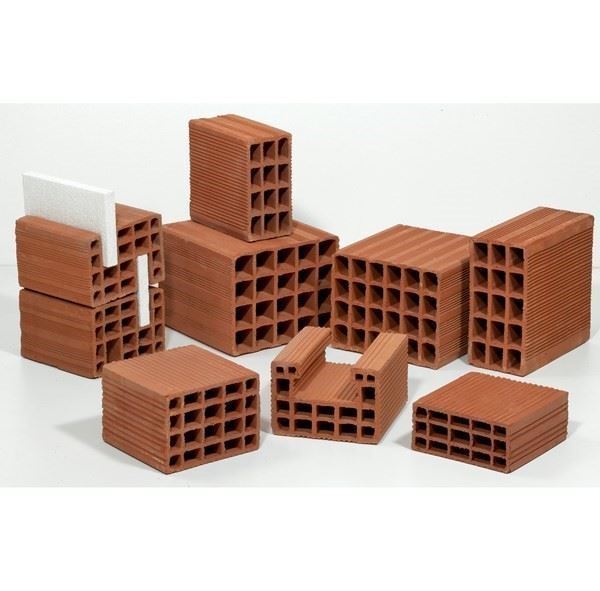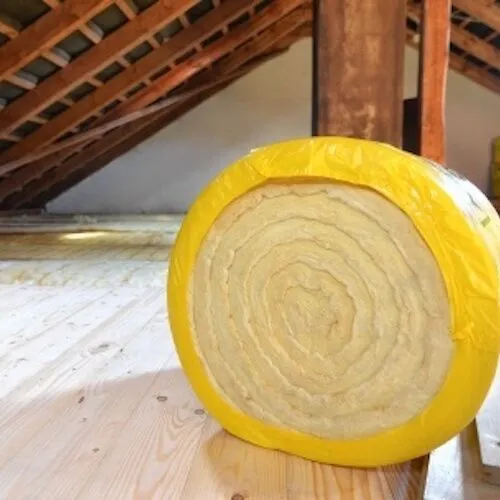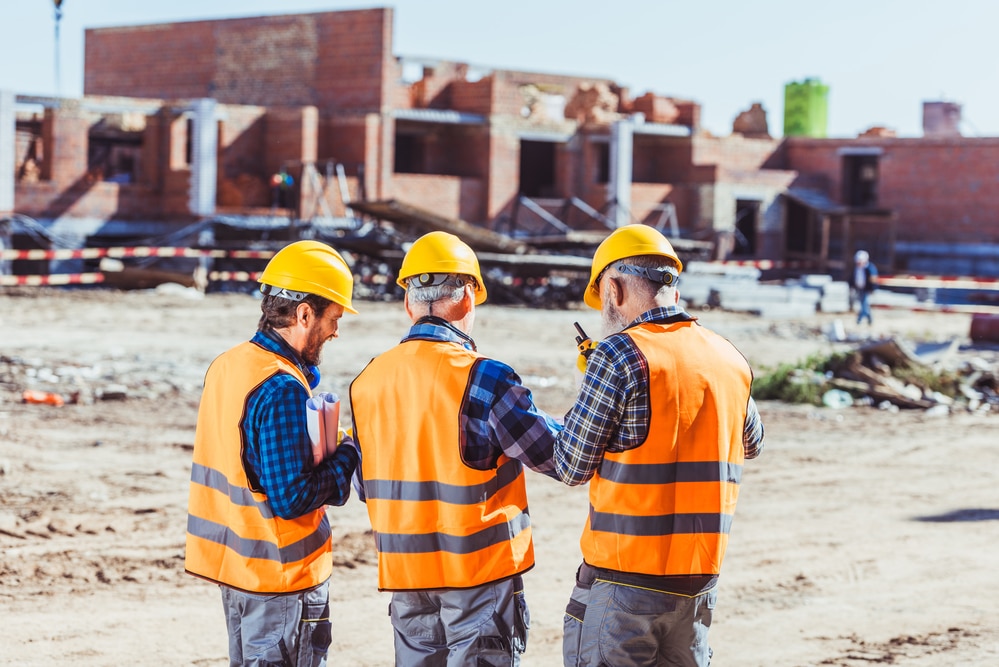
Innovations in Sustainable Architecture: Hollow Ceramic Blocks with Argon Gas for Superior Insulation
Introduction:
In the dynamic landscape of contemporary architecture, the quest for sustainable and energy-efficient building solutions has become paramount. Among the myriad innovations, the use of three-dimensional hollow ceramic blocks filled with argon gas has emerged as a revolutionary construction material. This cutting-edge technology not only addresses thermal and sound insulation challenges but also offers the added advantage of a modular connection system. In this comprehensive exploration, we will delve deeper into the features and multifaceted benefits of this advanced building technology.
Hollow Ceramic Blocks: The Cornerstone of Efficiency
1. Three-Dimensional Design:
At the heart of this innovation lies the three-dimensional design of hollow ceramic blocks. This intricate structure not only adds a layer of sophistication to architectural aesthetics but also plays a pivotal role in enhancing thermal and sound insulation properties. The interplay of form and function makes these blocks an ideal choice for modern, sustainable constructions.
2. Argon Gas Filling:
Within the hollow spaces of these ceramic blocks resides argon gas, an inert and non-toxic element known for its exceptional thermal insulation characteristics. The infusion of argon gas into the block matrix significantly reduces thermal conductivity, thereby curbing heat transfer. This makes it an excellent choice for bolstering the energy efficiency of buildings, contributing to a more sustainable future.
Modular Connection: Adaptable and Sustainable
1. Flexibility in Design:
The modular nature of these ceramic blocks grants architects and builders unparalleled flexibility in design. This adaptability allows for the creation of innovative structures that can be tailored to meet the specific needs and visions of each project. In a rapidly evolving architectural landscape, this adaptability is a crucial asset.
2. Ease of Construction:
The modular connection system streamlines the construction process, offering ease of assembly and reducing both time and labor costs. The blocks seamlessly connect, forming a cohesive and efficient building envelope. This not only accelerates construction timelines but also minimizes material waste, aligning with the principles of sustainable building practices.
Energy Efficiency: A Dual Advantage
1. Thermal Insulation:
The amalgamation of the three-dimensional hollow design and argon gas filling creates a formidable thermal barrier. These blocks act as insulators, preventing heat loss during colder periods and heat gain during warmer months. The resultant improvement in energy efficiency can translate into significant cost savings on heating and cooling systems over the building’s lifespan.
2. Sound Insulation:
Beyond thermal benefits, the ceramic blocks excel in sound insulation. The inherent design features and the unique properties of argon gas work together to dampen external noise, fostering a quieter and more comfortable indoor environment. This is especially advantageous in urban settings, where noise pollution is a prevalent concern.
Conclusion:
The incorporation of three-dimensional hollow ceramic blocks filled with argon gas signifies a milestone in sustainable architecture. With its modular connection system, heightened thermal and sound insulation capabilities, and adaptable design potential, this innovative building material is reshaping the trajectory of construction practices. As the demand for energy-efficient and environmentally conscious solutions continues to rise, these ceramic blocks stand out as a promising avenue for the future of sustainable architecture, embodying the fusion of technology, functionality, and environmental responsibility.


